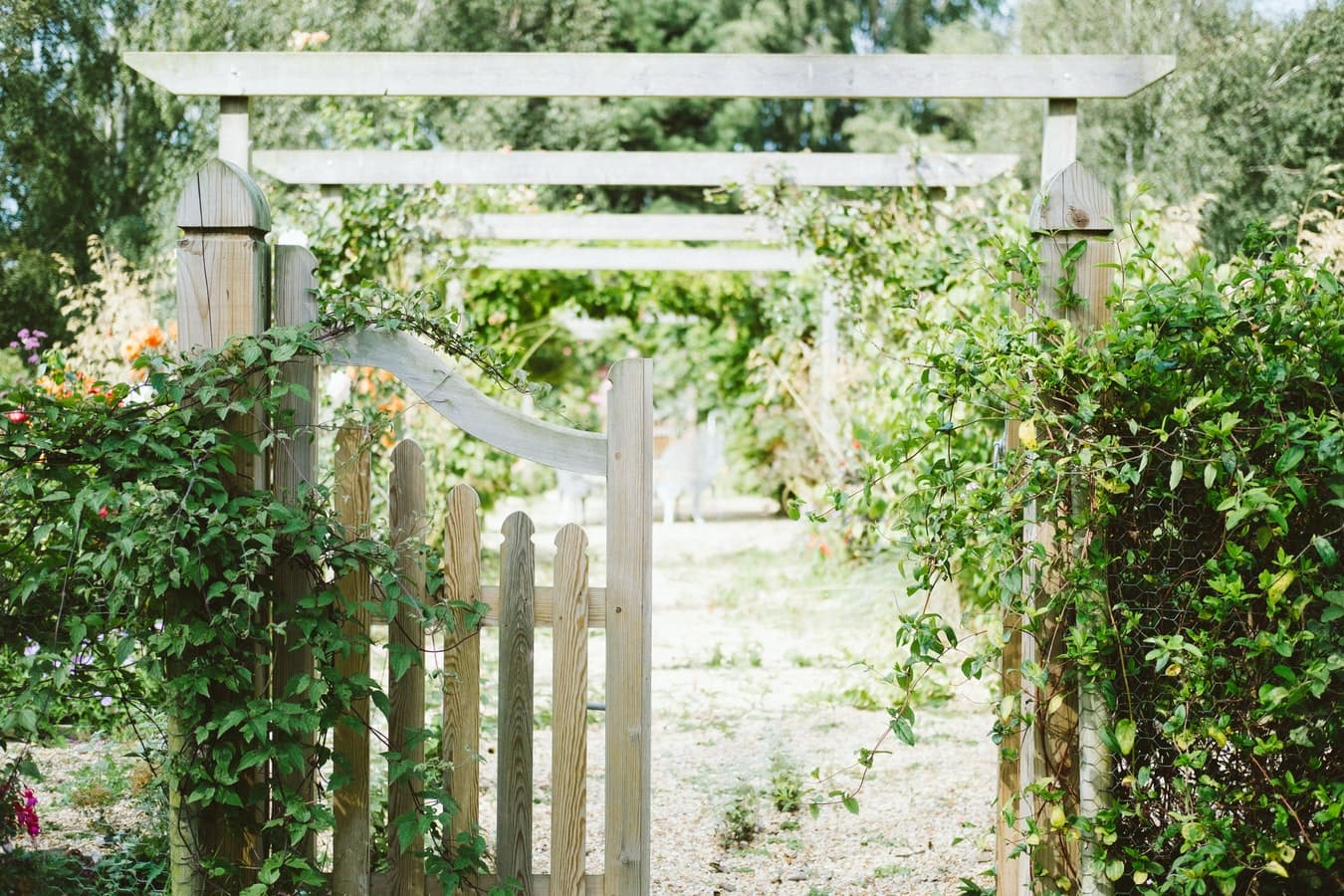When dealing with planting trees and gardening, there are three types of base soils to consider: Sand, Clay, and Silt. Each have their own pros and cons & some commercial soils even have some combination of the three in them. Here are some good examples of these common planting soils and what they are best used for.
– Loam Soil. This is the main type of soil that contains all three items. With its high pH level and calcium, it is highly desirable as a type of soil that easily retains water and also breaks apart enough to allow that water to spread to all of the plant’s roots, while being firm enough to keep everything in place.
– Silt Soil. The types of plants that thrive in silt soil tend to thrive in damp, wet soils. Silt soil tends to get waterlogged rather quickly, so the types of plants that are optimal for silt soil are various milkweed & Iris plants.
– Sandy Soil. The thing with sandy soil is that it does not hold nutrients well due to the particle sizes being so large. The types of plants that thrive in sandy soil are well adapted to being tolerant of drought conditions; such as wormwood, butterfly weed, and blanket flowers.
– Clay Soil. This type of soil tends to be rather heavy and does not drain well, nor gets waterlogged due to the thickness of it when compacted. Clay soil is the most similar to Loam soil, but without the benefits of having mixed soil types. It is perfect for plants like goldenrods and black eyed susans.



